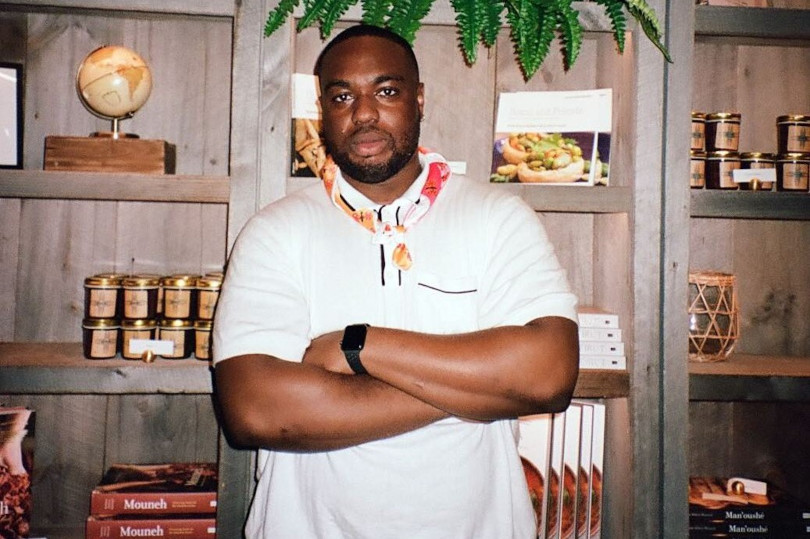We do not confine visual arts to just one genre, technique, or form of expression. They can be paintings, sculptures, film, or even photography that convey a variety of emotion and meaning through visual representation. I spoke and connected with with Uchenna Aduaka—a director, artist, and photographer—about his own journey getting into the visual arts, primarily as a photographer. Having familiarity with Aduaka, as we both attended the same high school together six years ago, I reached out to him through his Instagram where he posts most of his work.
Introduction to Photography
I asked Aduaka during our interview, how he first got into photography and his approach/style when working on projects. He talked about joining the yearbook team as a freshman in high school and his desire to become editor and chief. He accomplished this by his senior year working on spreads that required him to shoot photos and be more hands on. “High school was how I really got exposed to photography,” he said. Aduaka then talked about how being Nigerian, there is a certain stigma in pursuing certain career paths like medicine, engineering, law, and finance – which he stuck with throughout his college career.
However, in college Aduaka found his passion for the arts through observing his peers simultaneously pursue their chosen career, while still involving themselves in their creative passions. “I’ve always had an inclination towards the visual arts…How I really got into it was in college when I ran for Mr. ASA (African Student Association). I met people who were photographers and videographers and were still students, and I thought it was cool they were doing both.” Seeing others make time for other interests — outside the academic — rejuvenated Aduaka to network with his peers who were involved with photography and videography and mentor under them.
Mentors and Development
Through these mentorships he settled on photography being the main avenue he wanted to convey his art through. Aduaka shifts between both freelance work and more professional projects such as fashion shows and campaigns. This allows him to express his vision and choose the projects he believes will allow him to share his ideas with others, without stifling his creative flow.
I asked him about what goes into his creative process, whether it’s centered on Black beauty, expression, or individuality. “One of my friends in college, a lot of her work is conceptual, and I get a lot of inspiration from what she does.” Acknowledging how his friend’s success has motivated him with his own journey with art, Aduaka explains how he also avoids certain art he feels doesn’t resonate with himself and what he wants to express. “I definitely try to stay away from individualistic art,” he said. “In our society — especially America — we are very individualistic, and I always try to portray community.” Clarifying, Aduaka said that if one does an individual model, there is always some form of story behind it that goes beyond just the surface level.
For Aduaka, it isn’t just trying to express certain moods or ideas; it’s also about how his photos talk to other people and their interpretation of them. Interpretations that can only be conveyed through Black people and other people of color experiences, I asked him if it’s a lot more prominent now to see Black photographers and videographers within the industry. He replied, “Being Black, around the world we have a lot of similar experiences, but no one experience is the same.” He emphasized that we are seeing more people of color within the creative arts, because each person has their own unique story to tell. In the era of social media, it is much easier to share those stories and connect with others.
For Future Creatives
With the rising number of Black artists and creatives coming to the forefront, I asked Aduaka what advice he would give to those looking to get into the visual arts. “First thing first, just do,” he said simply. “A lot of people are afraid to just create, even if it’s just something simple like you going outside taking a photo of a tree and editing it.” Expressing how there is no limit to what you can do with your art, Aduaka advised, “I would say do as much as you can, stay away from fast art (regarding producing art with little meaning to the point you don’t want to produce anything new), but also try to find your voice and your reasoning why you’re doing it.”
Aspiring artists shouldn’t limit themselves by being afraid to take a chance or step outside their comfort zone. Speaking from his own personal experience, Aduaka believes when you do things with a true passion and you create for yourself, not for monetary value or anyone else, everything will fall in line going forward. You can find out more about Uchenna Aduaka on Instagram @uchennaaduaka.
Featured image courtesy of Uchenna Aduaka.


